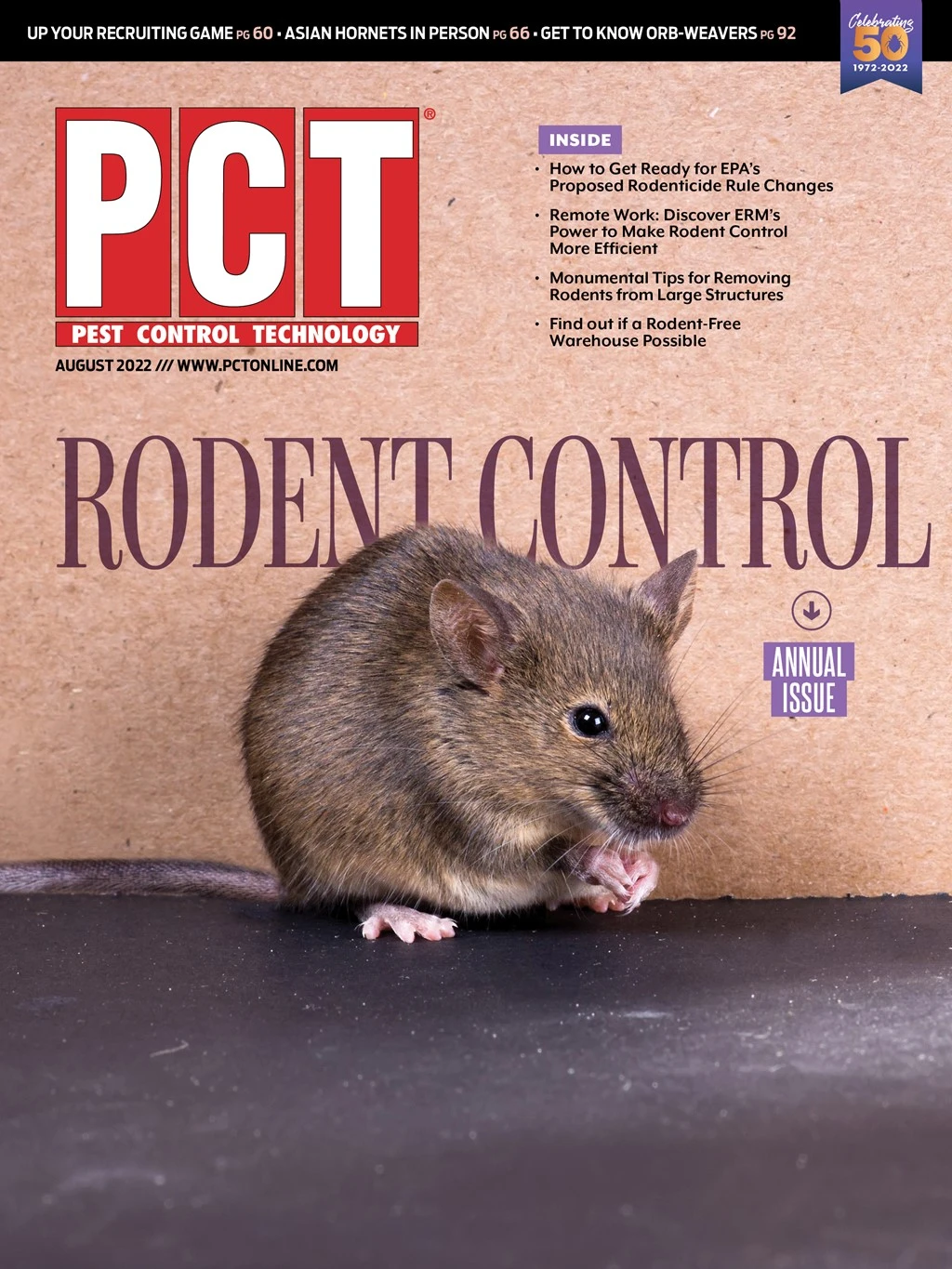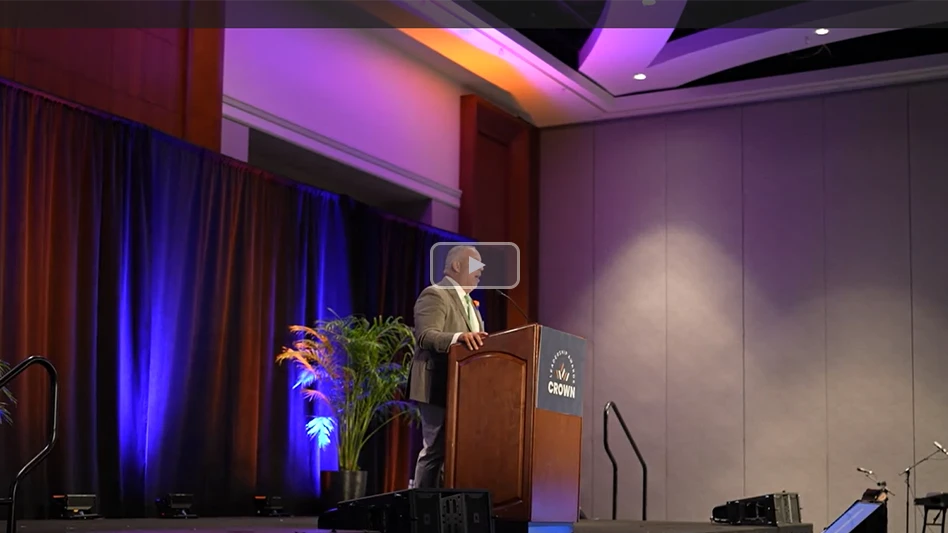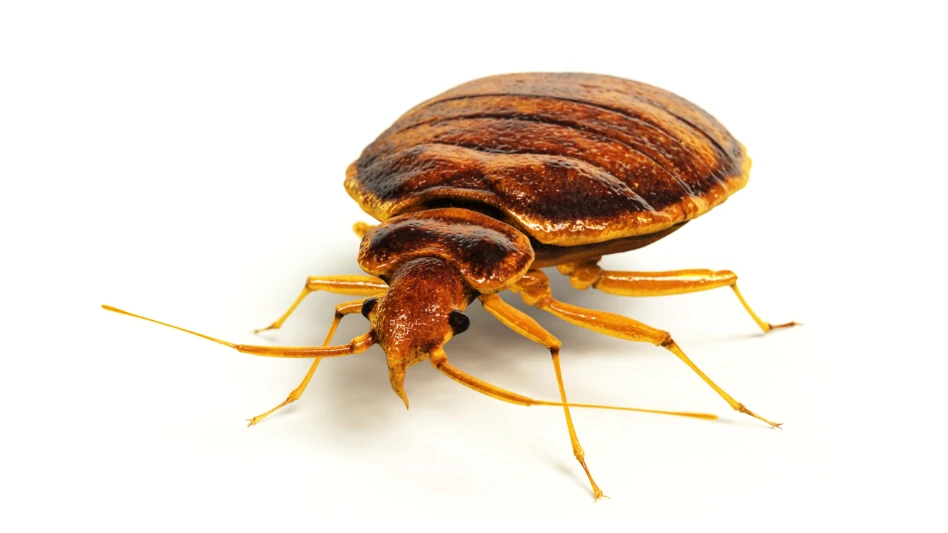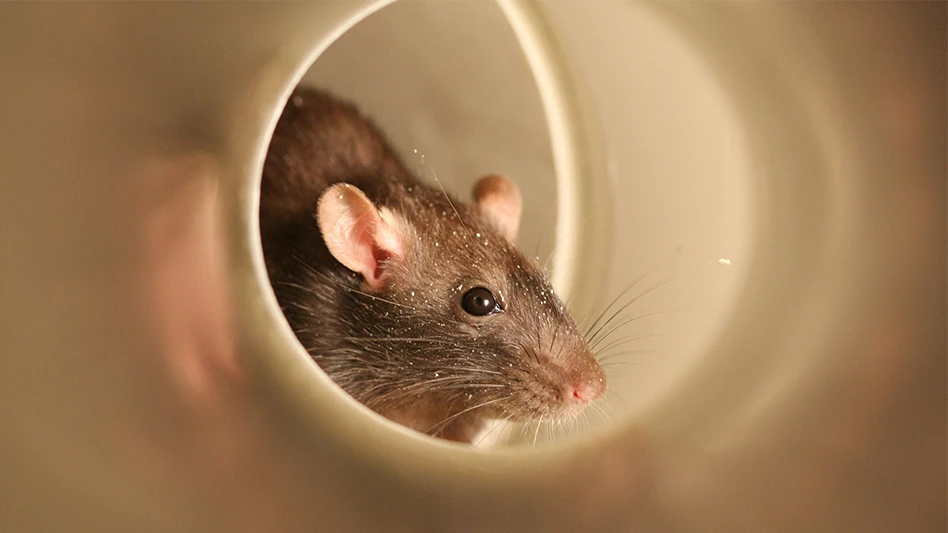I’m a museum kid. Growing up in northeast Ohio, I’m lucky that we have the Cleveland Museum of Art. (I’m also fortunate that, since my grandmother was an art teacher there, she would take me dozens of times a year.).
I’d spend long summer days in the museum’s armor court sketching drawings of medieval chain mail, shields, swords and more on a notepad. (They weren’t very good, which is why I work with words now.) I’d wander from gallery to gallery, trying to soak up whatever knowledge and inspiration I could. We’d take in lunch at the cafe, and then, of course, I’d get lost window shopping in the gift shop.
I’m not breaking new ground here, but consumers take pest management for granted until they’re caught in a game of cat and mouse with whatever critter is bugging them that moment. And so until I read Al Greene’s “Monumental Rat-Proofing Job,” it hadn’t occurred to me that someone needs to make sure my favorite buildings in the world are free of pests.
Reading Greene’s story, which details the challenges and strategy of dealing with Norway rats in a 1914-built Washington, D.C., federal building and museum undergoing a renovation, instantly made me daydream about what a rodent infestation might do to my favorite museum. I couldn’t shake the sight of rats and mice gnawing on Caravaggio’s “The Crucifixion of Saint Andrew,” which was painted between 1606 and 1607. (Google it. It’s worth your time.)
According to a September 2020 blog post by The Met, New York City’s famed Fifth Avenue museum, common pests there include rodents (duh, it’s NYC), roaches and fabric- and wood-destroying insects.
COVID-19, which hit the area hard in the pandemic’s early days, had changed pest behavior at The Met, just like it had in other parts of the city. (Read more about that in Lead News Editor Brad Harbison’s story “NYC’s Rat Activity Flourishes Amid COVID Pivoting”.)
“Those changes give us insight into how we can control and prevent their activity near or in the museum,” wrote Michael Millican, the museum’s integrated pest management administrator, in that 2020 post. “The opportunity to observe the museum dormant allowed me to identify changes to the building that are essential to the mission of the IPM Program to ensure the safety and care of the museum’s collections and keep the museum pest-free.”
Greene didn’t have such a luxury. He had to manage rodents in the new spaces while areas still under construction were open to the world.
“It led to a correspondingly extreme indoor rat crisis throughout the entire building, which was considered by all stakeholders to be entirely my problem to solve,” he wrote. Greene called the job one of the most complex of his career. Ultimately, it was successful.
Although jobs this monumental might be lucrative for a pest control company, they can also come with a higher level of pressure. Protecting public health is undoubtedly one of the most important roles a pest management professional plays, but safeguarding priceless arts and culture items, and the institutions that hold them, is a big task, too.
Dealing with that pressure is one of the topics covered by Christian Wilcox, A.C.E./P.H.E., technical director for McCauley Services, Bryant, Ark., in this month’s IPM Insights column.
In it, Wilcox discusses imposter syndrome, something I know I’ve personally dealt with as I’ve worked my way through the publishing industry. But, as he so wonderfully puts it, “The kryptonite to doubt is knowledge.” So, my ask of you is this: Absorb all you can.

Explore the August 2022 Issue
Check out more from this issue and find your next story to read.
Latest from Pest Control Technology
- New Species Being Discovered Faster Than Ever, Study Finds
- NCPMA Announces David Billingsly as Pest Control Technician's School Keynote Speaker
- Velez Promoted to VP of Operations at Victory Pest Solutions
- Guarantee Pest Control's Gary Blankenship Reflects on 50 Year Pest Control Career
- Happy New Year!
- American Pest Branch Supports Local Family Affected by Housefire
- Show and Tell: Specimens Breathe New Life into Training
- Research Unveils Secret Lives of Western Drywood Termites





